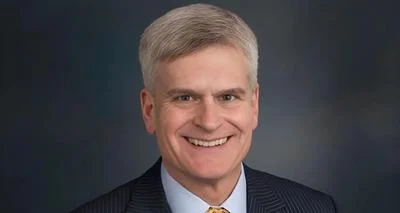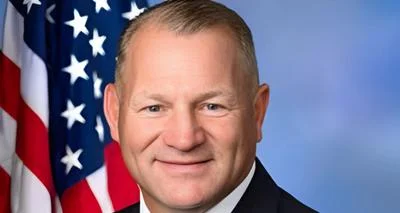Across America, nearly 5 million young people are “disconnected" - not working and not in school. In my congressional district in Chicago, almost 17,000 young people - 17 percent of youth between ages 16 and 24 - are not working or going to school. The rate is even higher for young African-American men - in 2014, nearly half of African-American men between age 20 and age 24 in Chicago were disconnected from both school and work.
Just as in rural districts like Chairman Smith’s, some of those youth are dealing with serious issues like disabilities, substance abuse, mental and physical health challenges, and caregiving responsibilities. But many others are struggling with less visible challenges - communities with few role models and fewer jobs, a lack of skills and a lack of confidence that they can acquire skills to get good jobs.
Those youth are drifting in the wind. If we don’t catch them and anchor them to our communities and our economy, many of them will grow from struggling youth into struggling adults, with higher unemployment rates, lower wages, and more physical and mental health problems.
The problem is complicated, but some successful organizations, including some represented at our witness table today, are finding that the solution is difficult, but simple. Reach out a hand to these youth. Believe in them, and help them believe in themselves. And most important, stay with them, and help them tackle all the challenges they are facing.
The question for us today is, how can our Subcommittee support this good work? How can we empower our communities to do more of it?
At least 17 states use a portion of their Social Services Block Grant funds for programs to serve at-risk youth. In my state of Illinois, SSBG funds a significant investment in support for pregnant and parenting teens, as well as an at-risk youth program intended to keep young people out of the juvenile justice system. SSBG can be part of the solution.
Our Committee has worked hard, on a bipartisan basis, to help children avoid foster care when possible, and to do better by those who do need to be in care. Older foster youth become disconnected at high rates, especially a year or two after their foster care ends. Our child welfare programs can be part of the solution, helping these young people build social capital they need to be successful adults.
More than a fourth of parents served by the Temporary Assistance for Needy Families program - or TANF -- are under age 25, and most of them are not engaged in school or work. Youth over age 20, who are considered “adults" by TANF, are especially struggling. Improvements to TANF can be part of the solution.
And of course at our most recent hearing, we heard about the impressive work evidence-based home visiting programs are doing to support teen parents. MIECHV is part of the solution.
We have an opportunity to make a real difference for today’s youth and tomorrow’s adults. I look forward to working with my colleagues to find and explore our opportunities to take action, and support solutions that work.







